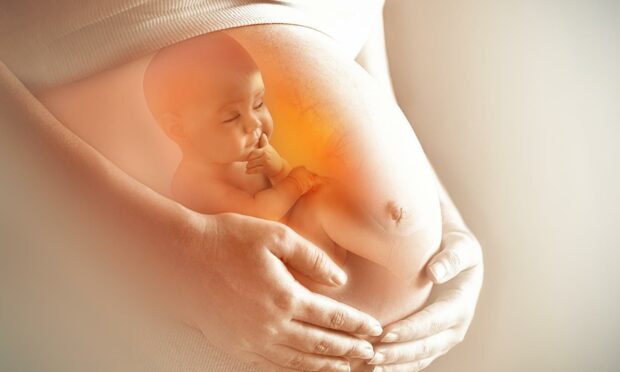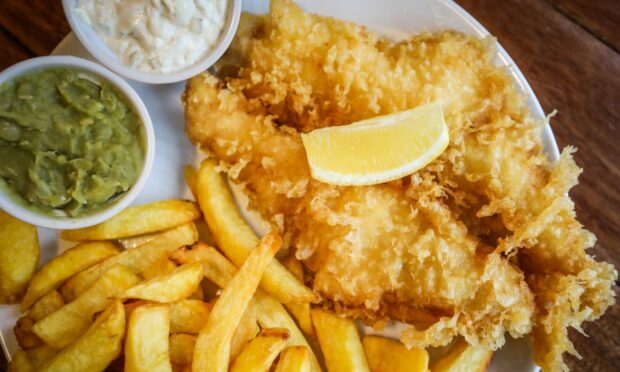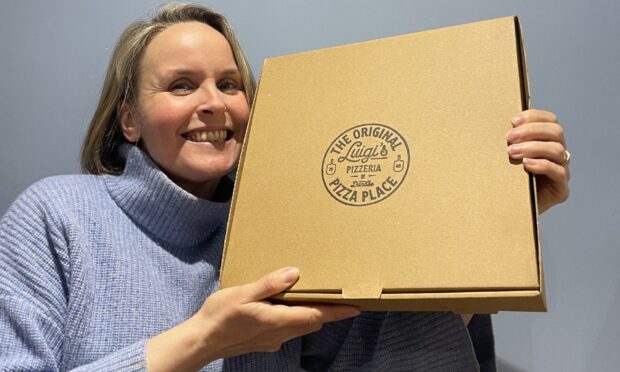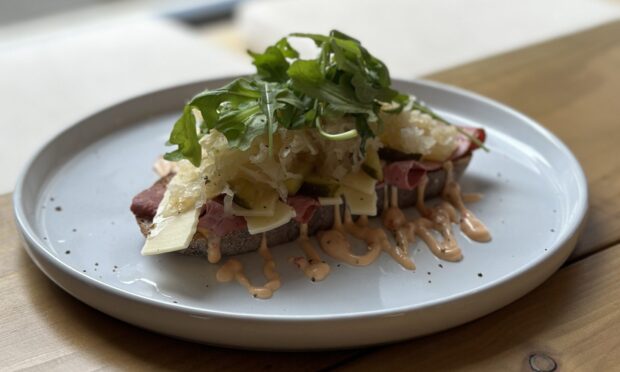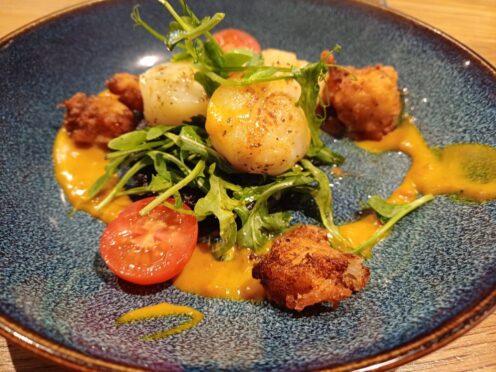Mother’s Day is a time to celebrate all the incredible things about your mum or the maternal figure in your life. But how has she affected the way you make food choices?
For those who are lucky enough to have their mums, or mother figures in their lives, Mother’s Day is a special time where children can try and give back to their parent or parental figure and spend time together to make them feel a bit more special.
Whether we like it or not, the majority of us will, in some way, replicate the way our mother behaves, and this is especially apparent in the eating habits we have and food choices we make.
But the real question is, how much of an influence does she have on our food choices?
And when does this influence begin?
Pre-birth cravings
The influence a mother has on her child’s food choices goes back to before the child is even born. The pregnancy craving a mother feels is due to a shift in hormones resulting in a burning desire to consume the food stuff.
This can, in many cases, lead to the child, who then grows into an adult, still consuming these foods or interesting mixes of flavours.
For example, a snack that you both do or don’t like.
Once you are born, the diet your mother consumes affects your food choices before you even start consuming food.
How, you ask?
Breast milk flavours
According to research the breast milk of a mother can change in flavour based on what that individual is consuming.
Babies can then pick up on the flavour and notice the difference. Moreover, babies respond to these flavours and enjoy some more than others.
A study by Mennella and Beauchamp in 1991 compared babies whose mothers swallowed garlic pills to those mothers who had a placebo garlic pill.
After one and a half to three hours, when the pills were digested and the flavour peaked, the mothers were asked to feed the babies.
The babies whose mothers had consumed the real garlic pills spent more time feeding than those who consumed the placebo. In short, the babies liked the garlic flavoured breast milk more.
A similar experiment was conducted in 1996 with vanilla and provided results suggesting that again babies enjoyed the vanilla flavoured breast milk, too.
Mother’s make food available
Once the transition occurs from milk to food, the food which mothers make available to their children can greatly influence the choices they make.
These patterns can lead to children consuming healthy or unhealthy food based on what they have access to. In turn they build up habits, likes and dislikes from a young age since eating is a learning process for young children.
Childhood habits shape adult choices
Once these likes and dislikes have been established they are difficult to change as the child develops into an adult.
If you have always eaten fish and chips on a Friday night, the chances are when you are an adult you will still always eat fish and chips on Fridays.
It is clear that a mother has far more influence over her child’s food choices than you or I could have imagined, and this goes beyond even before the child was born.
So when you next see your mother, you can thank her not only for being a wonderful human being, but also for those quirky flavours you enjoy and weekly food habits that you cannot seem to break.
This article is part of an ongoing series where topics around food and drink and behaviour will be discussed.
If you have any suggestions on topics you would like to read about, please provide your suggestions in the submission form below.
Mariam Okhai is a food and drink journalist who also researches food behaviour.
She has a Masters in Behavioural Science for Management from the University of Stirling. Her undergraduate degree was in Psychology and Business Economics with Marketing.
She is also a certified habit coach.
You can find out more about her research on her Behavioural Foodie website.

